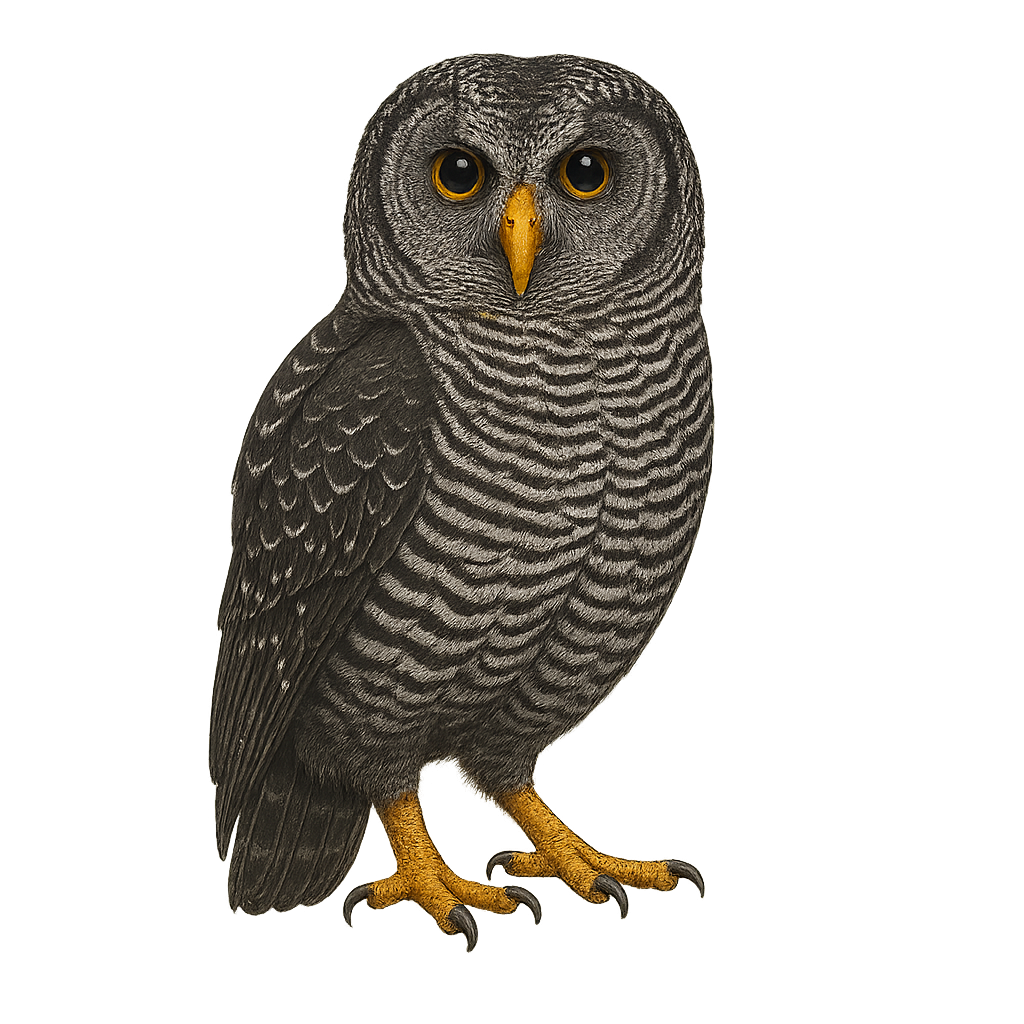Your wildlife photography guide.
Explore the black-banded owl in detail, study its behavior, prepare your shots.
Where to observe and photograph the black-banded owl in the wild
Learn where and when to spot the black-banded owl in the wild, how to identify the species based on distinctive features, and what natural environments it inhabits. The WildlifePhotographer app offers tailored photography tips that reflect the black-banded owl’s behavior, helping you capture better wildlife images. Explore the full species profile for key information including description, habitat, active periods, and approach techniques.
Black-banded Owl
Scientific name: Strix huhula

IUCN Status: Least Concern
Family: STRIGIDAE
Group: Birds
Sensitivity to human approach: Suspicious
Minimum approach distance: 10 m
Courtship display: August to September
Incubation: 30-33 jours
Hatchings: August to November
Habitat:
tropical forests, rainforests, wooded areas
Activity period :
Mainly active at night, generally discreet during the day.
Identification and description:
The Black-banded Owl, or Strix huhula, is a nocturnal bird of prey primarily inhabiting the tropical forests of South America. It is recognizable by its dark plumage, speckled with white bands, and its large dark eyes that provide excellent night vision. Measuring about 35 to 40 cm in length, it primarily feeds on small mammals, insects, and occasionally other birds. Its call is a deep, resonant hoot often heard at night. Though discreet, it plays a crucial role in the ecosystem by regulating prey populations.
Recommended lens:
400 mm – adjust based on distance, desired framing (portrait or habitat), and approach conditions.
Photography tips:
To photograph the Black-banded Owl, it's advisable to use a 400mm or longer telephoto lens to capture detailed images without disturbing the bird. Patience is key, as this owl is primarily nocturnal and suspicious. Opt for twilight hours to benefit from soft, natural light. A tripod can be useful for stabilizing the camera during low-light shots. Be discreet and avoid sudden movements to prevent scaring the owl.
The WildlifePhotographer App is coming soon!
Be the first to explore the best nature spots, track rutting seasons, log your observations, and observe more wildlife.
Already 1 430 wildlife lovers subscribed worldwide

